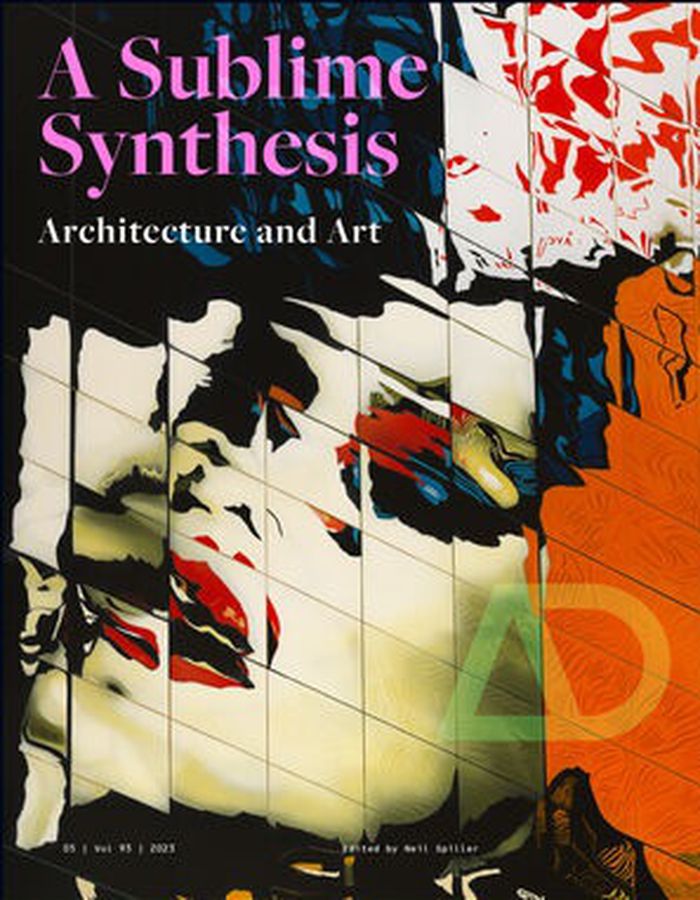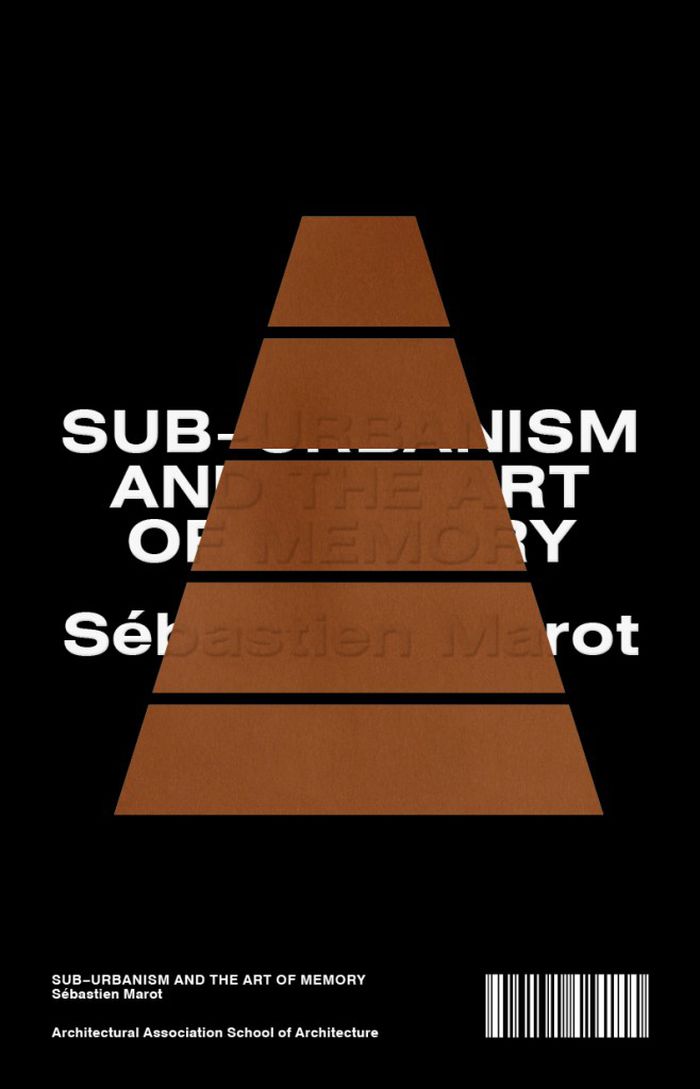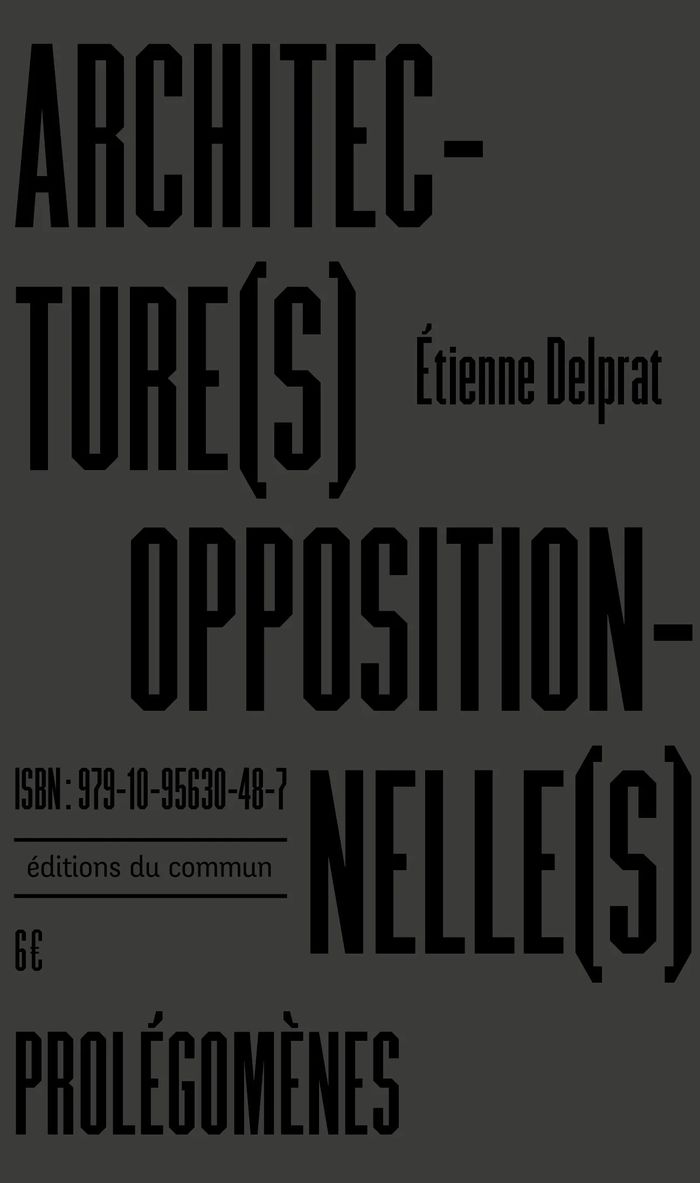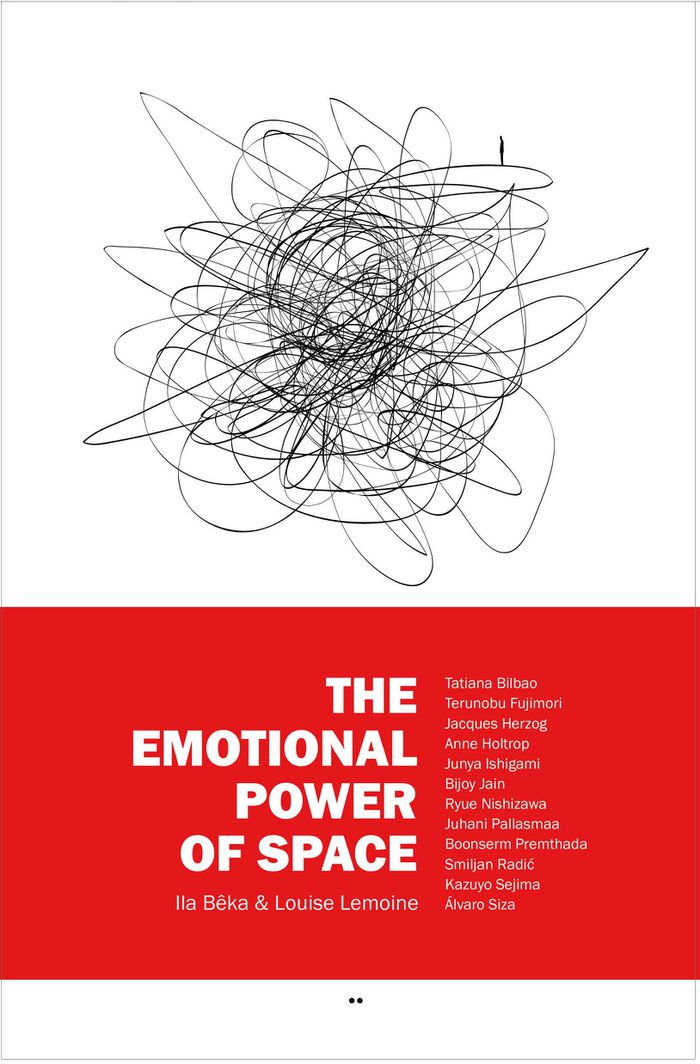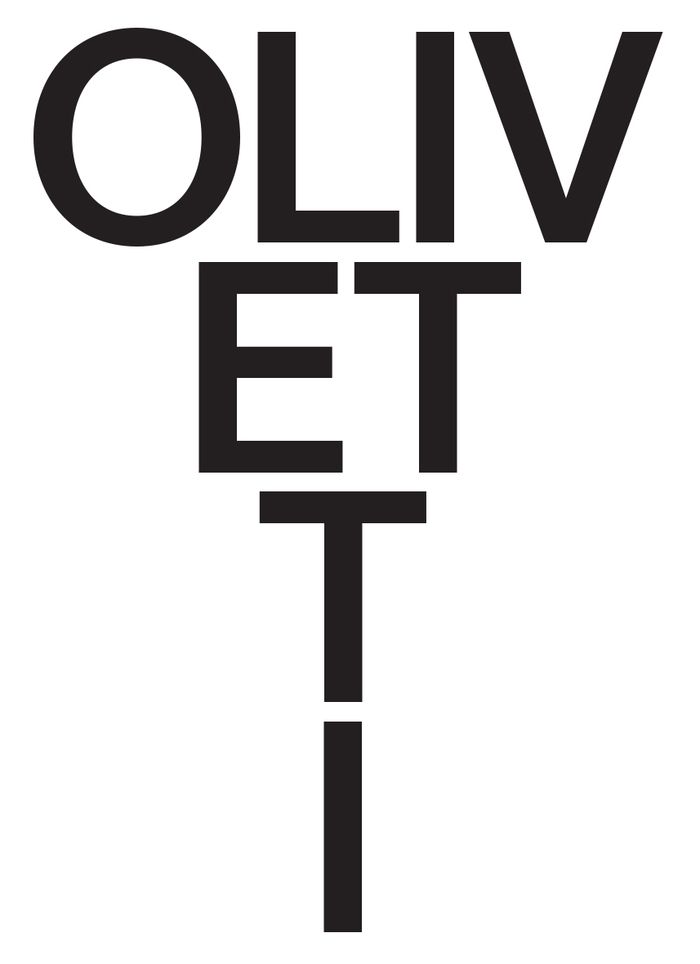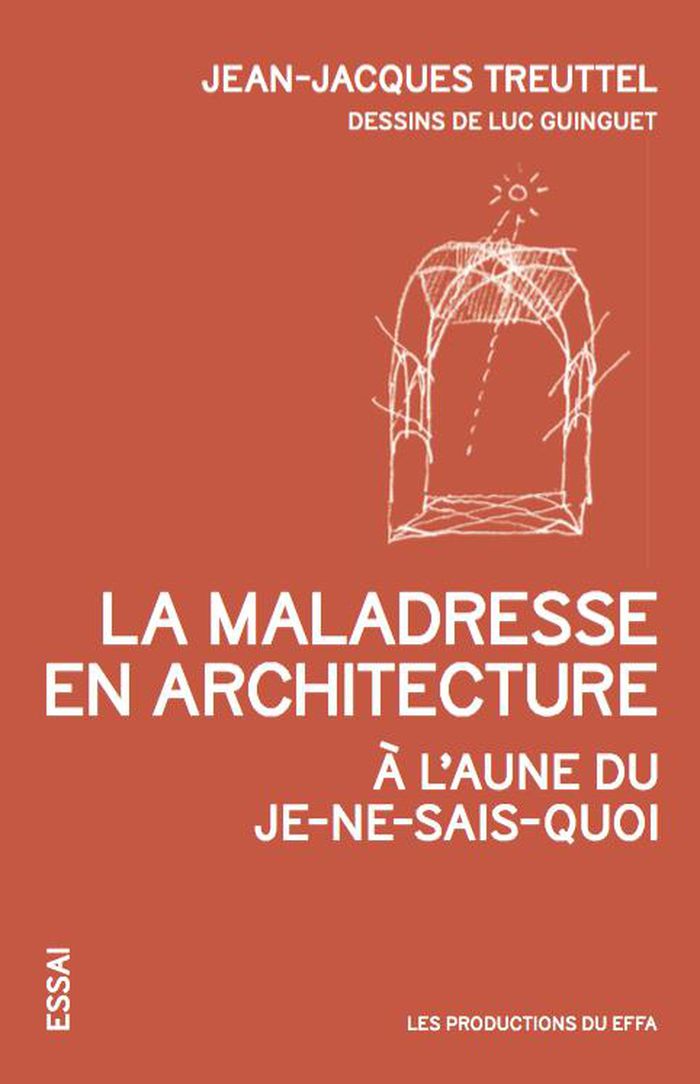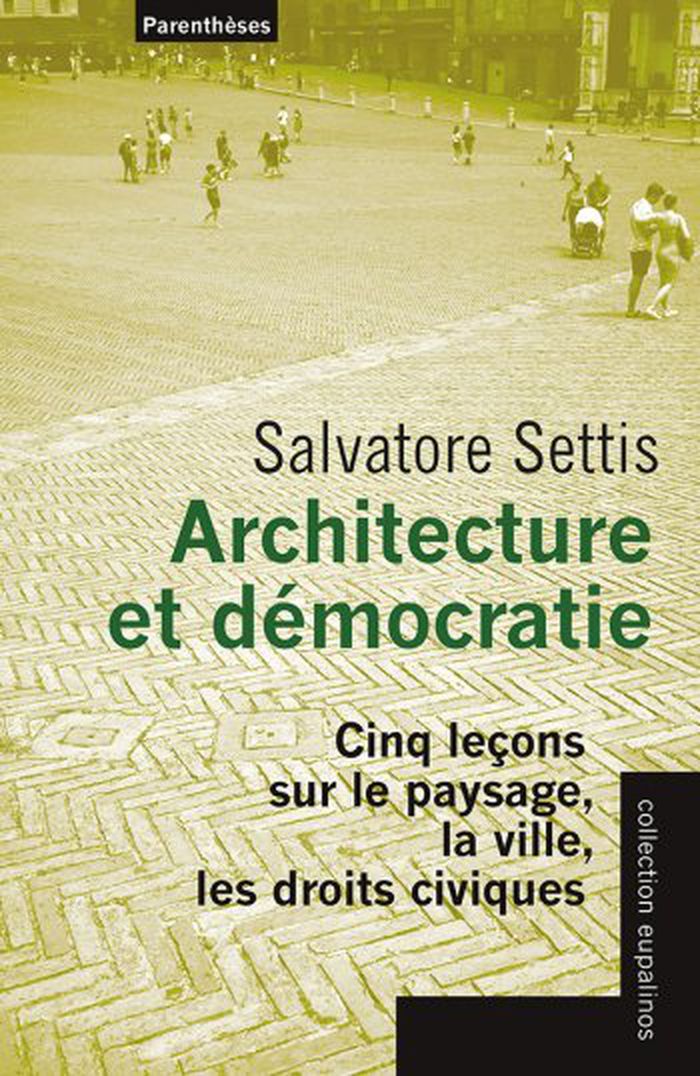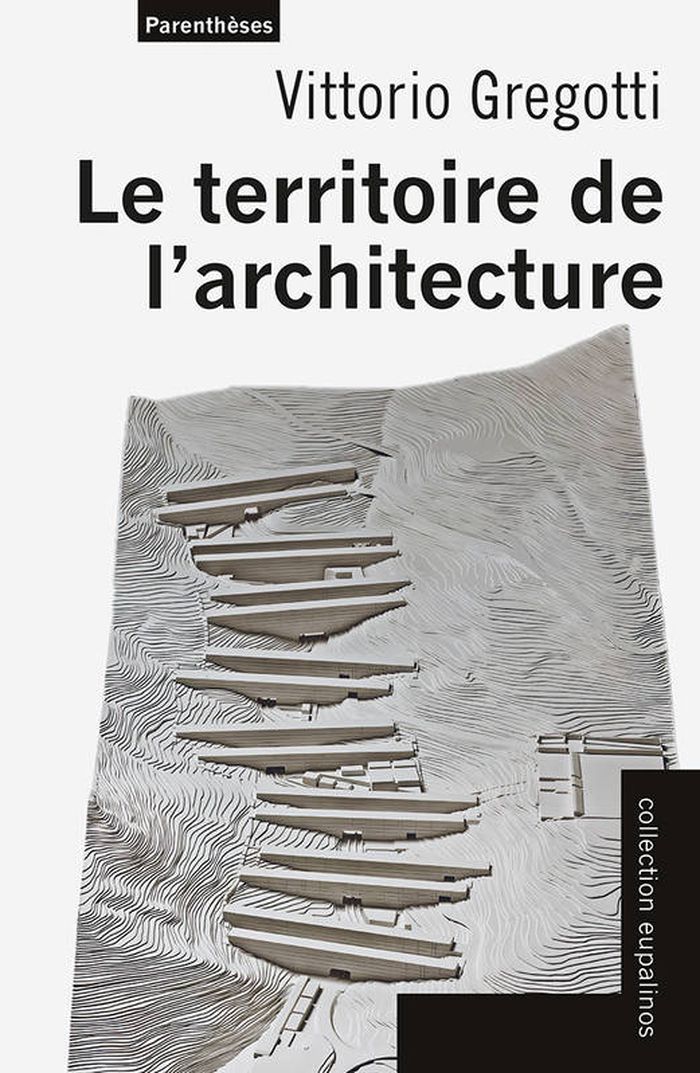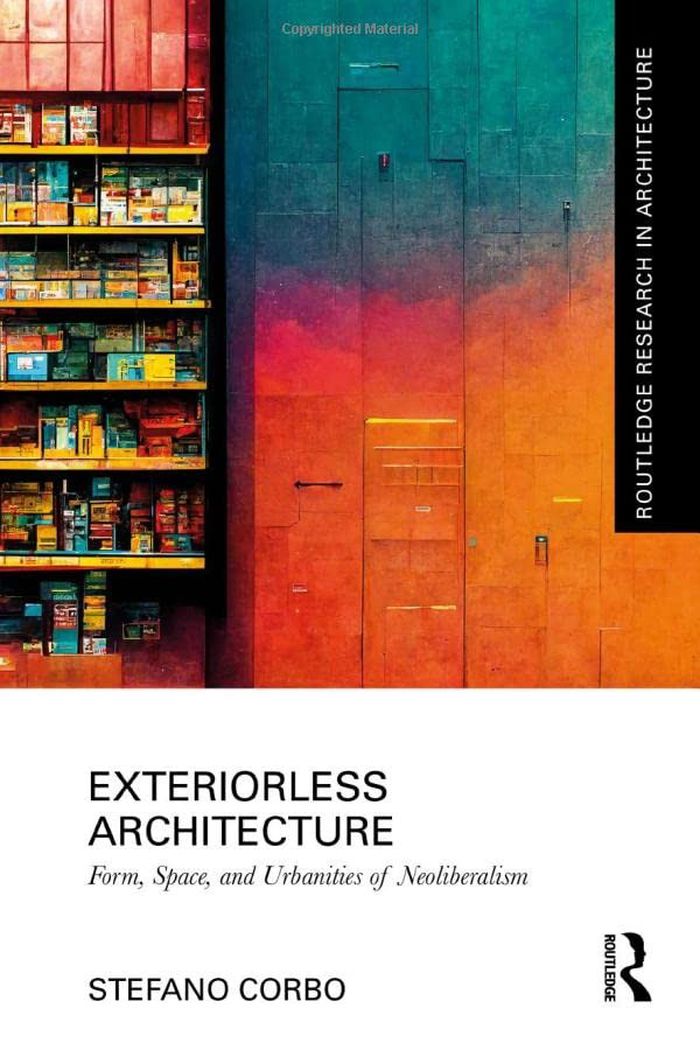$54.00
(available to order)
Summary:
he link between architecture and art and the sublimity it can create has a history that stretches back millennia. From cave paintings to the stained glass and saintly icons in churches and cathedrals, to the geometric and calligraphic treatments of mosques and contemporary artists channelling architecture and vice versa, and so much else. This AD is about the contemporary(...)
AD Art and architecture: A sublime synthesis
Actions:
Price:
$54.00
(available to order)
Summary:
he link between architecture and art and the sublimity it can create has a history that stretches back millennia. From cave paintings to the stained glass and saintly icons in churches and cathedrals, to the geometric and calligraphic treatments of mosques and contemporary artists channelling architecture and vice versa, and so much else. This AD is about the contemporary interactions between living artists and architects, and the artistic practices, such as poetry and abstractions, that architects adopt to develop ideas for their projects. The issue features artists, architects, curators, musicians, poets and designer craftspeople, illustrating the current rich mix of architectonic constructions, interventions and set pieces that range from musical performance to exhibition designs, glass works and digital 3D scanning. It lays out the wide spectrum and beauty of these sublime correspondences, with contributions from architects about their own artistic practices, and creative works viewed through the eyes of architectural commentators. An explosion of colour, form and creative tactics for making multifaceted work that above all is architectural, it offers a cornucopia of possibilities.
Architectural Theory
$27.95
(available in store)
Summary:
This book is a sub-urbanist manifesto. Its author, Sébastien Marot, challenges the dominant role of the programme in regulating the design project, and argues that instead attention should be redirected towards the site – the site read in depth, with an active regard for memory. Exploring this analysis, he considers in turn Frances Yates’ book ''The Art of Memory'',(...)
Sub-urbanism and the art of memory
Actions:
Price:
$27.95
(available in store)
Summary:
This book is a sub-urbanist manifesto. Its author, Sébastien Marot, challenges the dominant role of the programme in regulating the design project, and argues that instead attention should be redirected towards the site – the site read in depth, with an active regard for memory. Exploring this analysis, he considers in turn Frances Yates’ book ''The Art of Memory'', Sigmund Freud’s analogy between the past of a city and the workings of memory, Robert Smithson’s account of a tour of his suburban birthplace and Georges Descombes’ design for a small park in the Geneva suburb where he spent his childhood. Marot’s conclusion brings these different strands together and highlights, in memory, a precept that is essential to the renewal of current architecture. This AA Documents publication is a re-edition of Sébastien Marot’s Sub-Urbanism and the Art of Memory, originally edited by Pamela Johnston and published by AA Publications in 2003. It is based on a 1999 text by Marot, translated from the French by Brian Holmes.
Architectural Theory
$10.95
(available in store)
Summary:
Dans ce court essai, l’auteur pose les bases d’une hypothèse conceptuelle : Tous constituent des architectures qui mettent en jeu nos manières de faire (en-)commun. En interpellant différentes références théoriques qui permettent de revisiter notre conception de l’architecture comme objet et activité, il nous invite à (re-)penser des pratiques de recherche et de création(...)
Architecture(s) oppositionelle(s)
Actions:
Price:
$10.95
(available in store)
Summary:
Dans ce court essai, l’auteur pose les bases d’une hypothèse conceptuelle : Tous constituent des architectures qui mettent en jeu nos manières de faire (en-)commun. En interpellant différentes références théoriques qui permettent de revisiter notre conception de l’architecture comme objet et activité, il nous invite à (re-)penser des pratiques de recherche et de création qui se veulent en prise avec le réel, assumant leur volonté de faire contre, tout contre l’Architecture et les appareils idéologiques qui la constituent. Ces prolégomènes critiques et éthiques posent les bases d’un chantier de recherche visant à analyser certaines formes et activités contemporaines qui, par les reconfigurations spatiales et politiques qu’elles expérimentent, font exister d’autres manières de résister et d’habiter.
Architectural Theory
The emotional power of space
$33.00
(available in store)
Summary:
How does space affect our physical, psychological and emotional state? Ila Bêka and Louise Lemoine explore this question through the lively and intimate form of the conversation with twelve renowned architects for whom perception and sensoriality play a central role in their work. This publication gathers stories of sensibility which reveal the intuitive and irrational(...)
The emotional power of space
Actions:
Price:
$33.00
(available in store)
Summary:
How does space affect our physical, psychological and emotional state? Ila Bêka and Louise Lemoine explore this question through the lively and intimate form of the conversation with twelve renowned architects for whom perception and sensoriality play a central role in their work. This publication gathers stories of sensibility which reveal the intuitive and irrational forces at play in our relation to space.
Architectural Theory
$44.99
(available in store)
Summary:
Le premier recueil d'écrits et de discours traduits en français d'Adriano Olivetti (1901-1960), entrepreneur et éditeur italien qui a transformé son usine d'appareils d'écriture et de calcul en un laboratoire d'expérimentation d'un nouveau modèle de vie sociale, politique et culturelle : un modèle d'« utopie concrète » fondé sur l'idée de communauté et centré sur(...)
Architectural Theory
April 2023
Adriano Olivetti: Écrits et discours
Actions:
Price:
$44.99
(available in store)
Summary:
Le premier recueil d'écrits et de discours traduits en français d'Adriano Olivetti (1901-1960), entrepreneur et éditeur italien qui a transformé son usine d'appareils d'écriture et de calcul en un laboratoire d'expérimentation d'un nouveau modèle de vie sociale, politique et culturelle : un modèle d'« utopie concrète » fondé sur l'idée de communauté et centré sur l'individu, dont les instruments de réalisation sont l'architecture, l'urbanisme et le design.
Architectural Theory
$23.00
(available to order)
Summary:
Qu’ai-je découvert après trois années d’enquête? La plupart des maladresses engendrent des architectures médiocres, voire nulles. D’autres, les bonnes maladresses, provoquent une impression indéfinissable de je-ne-sais-quoi, qui a des affinités avec l’imaginaire. Fugitives, elles peuvent apparaître ou disparaître. C’est en cherchant l’erreur, la rupture que l’on arrive à(...)
La maladresse en architecture : À l'aune du je-ne-sais-quoi
Actions:
Price:
$23.00
(available to order)
Summary:
Qu’ai-je découvert après trois années d’enquête? La plupart des maladresses engendrent des architectures médiocres, voire nulles. D’autres, les bonnes maladresses, provoquent une impression indéfinissable de je-ne-sais-quoi, qui a des affinités avec l’imaginaire. Fugitives, elles peuvent apparaître ou disparaître. C’est en cherchant l’erreur, la rupture que l’on arrive à les entrevoir. La maladresse est souvent accidentelle. Elle serait le diable et l’habileté serait plutôt angélique. Entre maladresse et habileté, les frontières sont ténues. Il n’y a pas loin du Capitole à la roche Tarpéienne.
Architectural Theory
$26.00
(available in store)
Summary:
Diplômé de l’École polytechnique, journaliste, éditeur et homme politique, Victor Considerant (1808-1893) consacra l'essentiel de sa vie à résumer et à présenter l'œuvre de Charles Fourier – dont le phalanstère. Néologisme inventé en 1822 combinant «phalange» et «monastère», son économat, esquissé dès 1808 mais dont la description architecturale restera toujours sommaire,(...)
Description du phalanstère et considérations sociales sur l'architectonique
Actions:
Price:
$26.00
(available in store)
Summary:
Diplômé de l’École polytechnique, journaliste, éditeur et homme politique, Victor Considerant (1808-1893) consacra l'essentiel de sa vie à résumer et à présenter l'œuvre de Charles Fourier – dont le phalanstère. Néologisme inventé en 1822 combinant «phalange» et «monastère», son économat, esquissé dès 1808 mais dont la description architecturale restera toujours sommaire, entend reprogrammer l’édifice social en un «palais des familles» voué à la mécanique des passions. Devenu chef de file du fouriérisme après la mort du fondateur en 1837, Victor Considerant, six mois après la Révolution de Février (1848), fait paraître à la Librairie phalanstérienne de Paris le présent opuscule, alors que souffle dans toute l'Europe un vent de socialismes...
Architectural Theory
$28.95
(available to order)
Summary:
Dans le contexte mondial d’une urbanisation aveugle et à marche forcée, il y a urgence à ce que l’architecte endosse ses responsabilités éthiques et s’engage sans faille au service du bien commun. Il y a nécessité à ce qu’il délaisse la primauté de l’esthétique pour embrasser pleinement son rôle de rempart contre le désastre écologique et social, et l’érosion généralisée(...)
Architecture et démocratie : Cinq leçons sur le paysage, la ville, les droits civiques
Actions:
Price:
$28.95
(available to order)
Summary:
Dans le contexte mondial d’une urbanisation aveugle et à marche forcée, il y a urgence à ce que l’architecte endosse ses responsabilités éthiques et s’engage sans faille au service du bien commun. Il y a nécessité à ce qu’il délaisse la primauté de l’esthétique pour embrasser pleinement son rôle de rempart contre le désastre écologique et social, et l’érosion généralisée des droits à la ville, à la nature et à la culture. À travers cinq textes importants, l'archéologues et historien de l’art de l’Italie contemporaine donne ici la mesure de la dimension politique de la pratique architecturale, et exhorte les jeunes générations à étayer leur exercice sur des valeurs humanistes. Soutenus par une figure intellectuelle dont l’érudition ajoute à la force de la pensée, ces propos chargés d’anxiété le sont aussi d’un élan propre à redonner un sens moral et collectif à une profession qui a longtemps lâché les rênes du civisme pour répondre aux exigences du monde marchand.
Architectural Theory
$32.95
(available to order)
Summary:
Publié pour la première fois en Italie en 1965, cet ouvrage est un des classiques de la littérature architecturale du xxe siècle. Vittorio Gregotti est alors un architecte très actif et une figure de la scène intellectuelle internationale. Dans ce véritable manifeste, il développe les thèmes fondamentaux de ses préoccupations théoriques et de sa démarche professionnelle —(...)
Le territoire de l'architecture
Actions:
Price:
$32.95
(available to order)
Summary:
Publié pour la première fois en Italie en 1965, cet ouvrage est un des classiques de la littérature architecturale du xxe siècle. Vittorio Gregotti est alors un architecte très actif et une figure de la scène intellectuelle internationale. Dans ce véritable manifeste, il développe les thèmes fondamentaux de ses préoccupations théoriques et de sa démarche professionnelle — le rapport entre géographie et architecture et la défense d’une approche globale du fait urbain —, ainsi qu’une réflexion sur le devenir du métier d’architecte au-delà de toute utopie et de toute capitulation « pour un professionnalisme servile ». Umberto Eco, dans sa préface,? resitue ce livre dans le contexte spécifique du débat culturel italien d’alors, qui s’articule autour des deux axes du « rêve léonardien de l’architecte des années cinquante » et de « l’atmosphère interdisciplinaire et critique de la nouvelle avant-garde ».
Architectural Theory
$225.95
(available to order)
Summary:
The current phase of capitalist development manifests itself through a very diverse range of spatial byproducts: data centers, warehouses, container terminals, logistics parks, and many others. These architectural episodes express specific power relations, exacerbate issues of labor, and generate dramatic processes of subjectivity. Most importantly, these architectures,(...)
Exteriorless architecture: Form, space, and urbanities of neoliberalism
Actions:
Price:
$225.95
(available to order)
Summary:
The current phase of capitalist development manifests itself through a very diverse range of spatial byproducts: data centers, warehouses, container terminals, logistics parks, and many others. These architectural episodes express specific power relations, exacerbate issues of labor, and generate dramatic processes of subjectivity. Most importantly, these architectures, despite their formal and typological heterogeneity, belong to a common paradigm: the exteriorless. How can an architecture of the exteriorless be defined? How does it differentiate from examples and manifestations of the past? How do notions of legibility, form versus function, typological articulation come into play? In situating the spatialities of contemporary capitalism within the larger debate on Anthropocene, Post-Anthropocene, and Capitalocene, the book attempts to answer those questions by delineating three main characteristics for an architecture of the exteriorless: its physical and symbolic role as interface; its ambiguous condition of being at the same time local and global, isolated and connected, compressed and expanded; and, lastly, its contribution to new forms of urbanity in absence of the traditional city.
Architectural Theory
